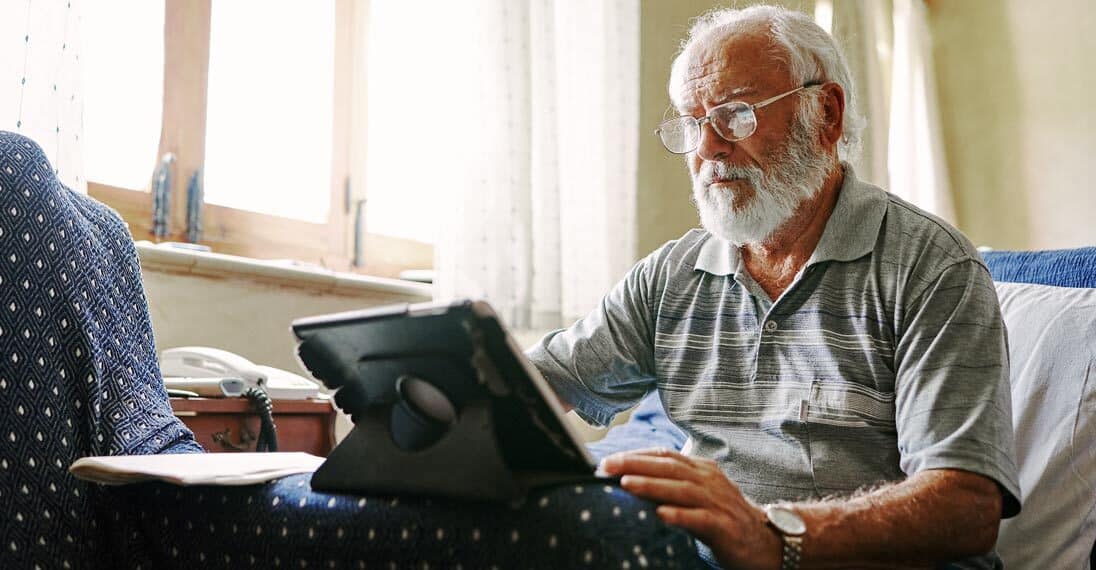17 March 2020
Important: COVID-19 (Coronavirus)
Dear Colleagues,
As you are aware, the unfolding situation with COVID-19 (Coronavirus) continues to cause concern in our wider community. We are aware that a few healthcare services and aged care services have been affected.
Community Options Australia is monitoring this situation closely. As of this week, we have no reports of any staff in our network contracting COVID-19.
We continue to liaise with NSW Health and other relevant authorities to ensure we are following protocol. There are useful resources, for your organisation, from NSW Health located here: HELPFUL RESOURCES
As our network oversees services to vulnerable people, we offer the following guide to some questions already raised:
1) What do I do if I have flu-like symptoms?
All of us have a responsibility to do what we can to prevent the spread of this virus.
A key recommendation is if you or a team member are unwell and display flu-like symptoms, you do not attend work.
We recommend you follow your organisations’ policy on sick leave and appropriate protocols.
Part of good practice suggests people see their GP and follow the appropriate recommendation from their health professional. It is essential people are clear of the symptoms (virus) before returning to work.
2) Do I need to provide service to people who are vulnerable or at risk of contracting COVID-19 (Coronavirus)
Part of our duty of care and responsibility as care providers is to continue services to clients.
Unless there is confirmation, a client (or staff) has contracted COVID-19 or is in self-isolation; services should continue as per standard protocol.
When working with vulnerable groups, assess whether direct face to face contact may create unnecessary risks. During certain situations, services should continue via telephone or online channels and reported accordingly.
It is essential during these times that continuity of care is maintained even if achieved remotely.
3) Are there specific requirements when engaging with clients or staff?
COA suggests the following two key screening questions to assess the situation when engaging with clients and other stakeholders.
a. Within the last 14 days has the client or anyone in the home travelled overseas or had contact with anyone diagnosed or suspected of having COVID-19?
YES: Progress to next questions
NO: Accept referral and proceed with service. If the situation changes, please re-assess.
b. Has the client had a history of fever and is experiencing at least one of the following symptoms:
1) shortness of breath, 2) cough, 3) sore throat
YES: please advise the client they must contact their GP/ health professional for further advice and assessment.
NO: Accept referral and proceed with service. If the situation changes, please re-assess.
4) How will services be affected?
It is difficult to estimate as several services the COA network provides, are directly related to supporting people in their transition from hospital to home. The impact of COVID-19 has the potential to increase this need.
As people take precautions, and the workforce impacted, there will be a flow-on effect where services may also reduce. Presently, COA is working with all stakeholders to minimise the impact on the workflow as well as service delivery.
Where clients refuse services, as part of their precautionary measures, we recognise this will impact on our KPI’s, COA is taking necessary steps to inform the relevant funding bodies.
Please continue to liaise with COA, so this information is captured and reported.
5) Further steps:
COA will maintain regular communication to our network as the pandemic unfolds. Over the coming months, COA advocates there is a continued benefit for our network in cohesively managing the changing landscape.
If you have specific questions, please feel free to contact COA via:
• our Intake line (1300 136 606) or
• our CEO Mr Bill Campos (bill@communityoptions.net.au) for particular matters associated with contractual agreements,
Community Options Australia
William (Bill) Campos
Chief Executive Officer



